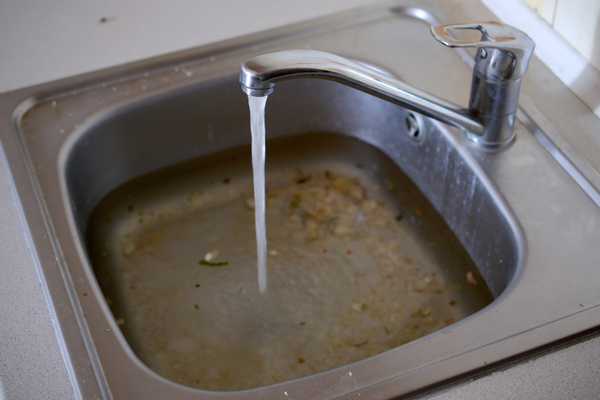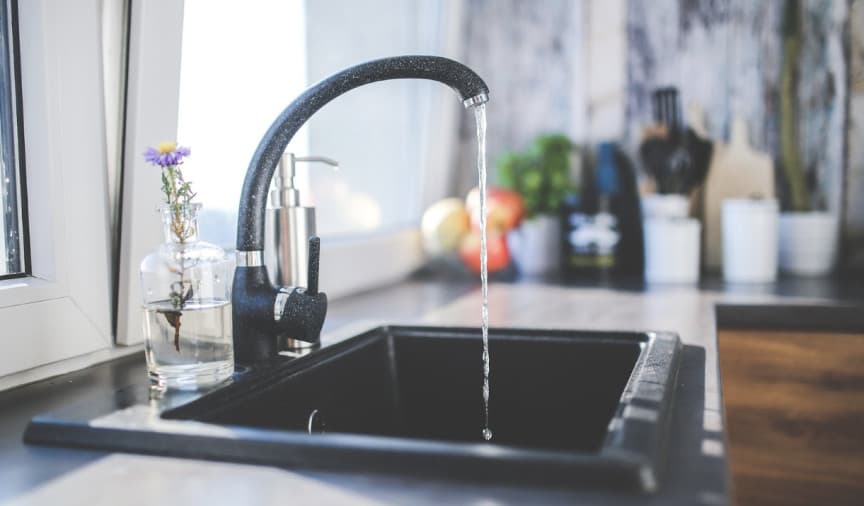Techniques for Dealing with a Blocked Drain Prior to Hiring Plumbing Experts
Techniques for Dealing with a Blocked Drain Prior to Hiring Plumbing Experts
Blog Article
This article which follows relating to Some easy tips to fix blocked drains is particularly stimulating. You should check this stuff out.

Intro
Handling a blocked drain can be a discouraging experience, interfering with daily activities and possibly causing damage to your home. However, before reaching out to plumbing experts, there are actions you can take to address the concern yourself. In this guide, we'll check out do it yourself remedies and preventive measures to tackle an obstructed drain efficiently.
Determining the Issue
The first step in dealing with an obstructed drain is identifying the indicators. Slow drain, gurgling audios, foul odors rising from drains pipes, or water backing up are common indicators of a blocked drain. Identifying these indicators early can help avoid further problems.
Choosing the Right Pipes Service
When selecting a pipes service, consider factors such as experience, licensing, and customer testimonials. Select a trustworthy plumbing with a track record of quality craftsmanship and transparent prices techniques.
Price Considerations
The price of specialist drainpipe cleaning services can differ relying on the extent of the obstruction and the plumbing professional's prices. Request quotes from multiple providers and inquire about any type of additional charges to ensure openness and avoid shocks.
Safety Measures
When trying do it yourself drainpipe cleansing, focus on safety. Put on safety handwear covers and eyewear to avoid contact with hazardous chemicals or germs. Never blend different drain cleaning items, as this can generate dangerous fumes.
Situation Studies
Real-life instances show the effectiveness of DIY solutions and the significance of timely professional treatment in solving drain blockages.
Typical Reasons For Blocked Drains
Understanding the factors that add to drain clogs is essential for reliable resolution. Typical wrongdoers include hair, soap residue, oil, food particles, and foreign objects like hygienic items or paper towels. Tree origins getting into below ground pipes can additionally trigger significant obstructions.
DIY Solutions
For small clogs, several do it yourself solutions can be efficient. Pouring boiling water down the drain can aid dissolve grease and particles. Baking soda and vinegar or a blend of salt and cooking soda can function as natural cleaners. Utilizing a bettor or pipes snake to displace obstructions is an additional alternative.
Tools and Devices
Having the right tools handy can make do it yourself drainpipe cleaning extra reliable. A bettor is a functional device for clearing clogs in sinks, toilets, and showers. A plumbing snake or auger can reach much deeper clogs, while drainpipe cleaning chemicals can be used carefully for persistent obstructions.
Preventive Measures
To stay clear of future clogs, adopting preventive measures is vital. Set up drainpipe guards or filters to capture hair and debris before they go into the pipes. Frequently flush drains pipes with hot water to liquify oil accumulation, and stay clear of getting rid of oil or strong waste away.
When to Call a Specialist
While do it yourself options can settle small blockages, particular signs indicate the need for specialist aid. Relentless obstructions, foul odors regardless of cleansing initiatives, or multiple drains backing up all at once are warnings that necessitate skilled treatment.
Conclusion
By adhering to the tips detailed in this overview, you can properly tackle obstructed drains pipes and stop future plumbing problems. Whether choosing DIY solutions or looking for professional support, timely action is vital to keeping a healthy and balanced plumbing system and maintaining the stability of your home.
How to Clear a Clogged Drain Yourself (And When to Call In the Professionals)
What Can Clog a Drain
Dirt Skin flakes Hair Grease Soap scum Food Offset pipes Tree roots Small objects Mineral buildup DIY Tricks to Unclog a Drain
You can fix this! Once you have identified the source of the clog (or have a vague idea), you can try one or a combination of these fixes in order to clear your plumbing.
Wire Hanger or Snake
Untangle and clear out hair from a drainpipe with a homemade snake. Use a straightened-out wire hanger with a 90-degree angle hook to locate the clog and drag out any unwanted material.
Remember not to push the clog further down to where the wire hanger cannot reach! If you need to follow up with a plunger, give it a try. Your efforts might be more successful after it’s been wire-snaked.
If you want to get fancy and don’t have a wire hanger to spare, head to the store and pick up a hand-operated drain snake. You can get one for $10-$30. It may save you the hassle, and provide additional length to reach deep into the clogged pipe.
Plunger
A cup plunger has a suction cup attached to a wooden handle. The rubber creates a seal around the drain, and increases the pressure force of the plunger.
Plunge for 30-second increments to loosen the clog. This may need to be repeated over the course of 15-20 minutes. Once plunged, run the water to flush the remaining material out of the drain.
Remember– never use a plunger if you have used a chemical drain cleaner. These chemicals can splash up from the force of the plunger and cause serious injury or burns.
Boiling Water
Hot water can sometimes break up materials into a flushable amount. Dirt, grease, and soap buildup requires heat in order to unstick from surfaces.
Take your kitchen kettle and heat your water to a boil. Once it reaches a rolling boil, pour it directly down the drain into the blockage. Carefully follow with plunging, if necessary.
Don’t worry if this takes more than one try! It can often take multiple kettles and repeated plunging in order to clear a particularly stubborn clog.
Chemical Drain Cleaner
As a last resort, pick up a bottle of chemical drain cleaner. Drain-cleaning chemicals are potent, and not very good for the environment.
You may need to wear protective eyewear in gloves before handling your bottle of chemical drain cleaner. Follow the instructions printed on the bottle, and flush with water as soon as the instructions allow. Do not follow with plunging.
Baking Soda and Vinegar
As a safer alternative to chemical drain cleaner, baking soda and vinegar can create a chemical reaction that clears tough clogs.
Combine one cup of cleaning vinegar with one cup of boiling water, and set aside. Once you have done this, pour half a cup of baking soda down the drain. Give the baking thirty seconds to settle and cover a large portion of the problem drain.
Following the baking soda, pour down your vinegar and hot water solution. Once the vinegar and baking soda combine, the mixture will bubble and fix. Let this reaction fizzle in the drain for about an hour.
After an hour, follow with a kettle’s worth of hot water. The heat and liquid should flush out any remaining material.
When to Call a Plumber
If your DIY attempts haven’t cleared your clog drain, it’s time to call in a professional. It’s not worth losing access to your kitchen sink or high-traffic bathroom. A clog in a vital area can keep you from the things you’d rather be doing, and derail your routine.
Anytime a clog is causing water to spread is a time to call in a plumbing service. What starts out as a little bit of water can quickly grow into serious, expensive water damage.
Additionally, a serious clog can result in burst pipes or serious leaks. Make sure you know when to take it seriously!
https://myguysnow.com/how-to-clear-a-clogged-drain-yourself-and-when-to-call-in-the-professionals/

I hope you liked our post about 8 Tips For Clearing A Blocked Drain. Thanks for taking the time to browse our article post. Sharing is caring. Helping people is fun. Thank-you for taking the time to read it.
Call Today Report this page